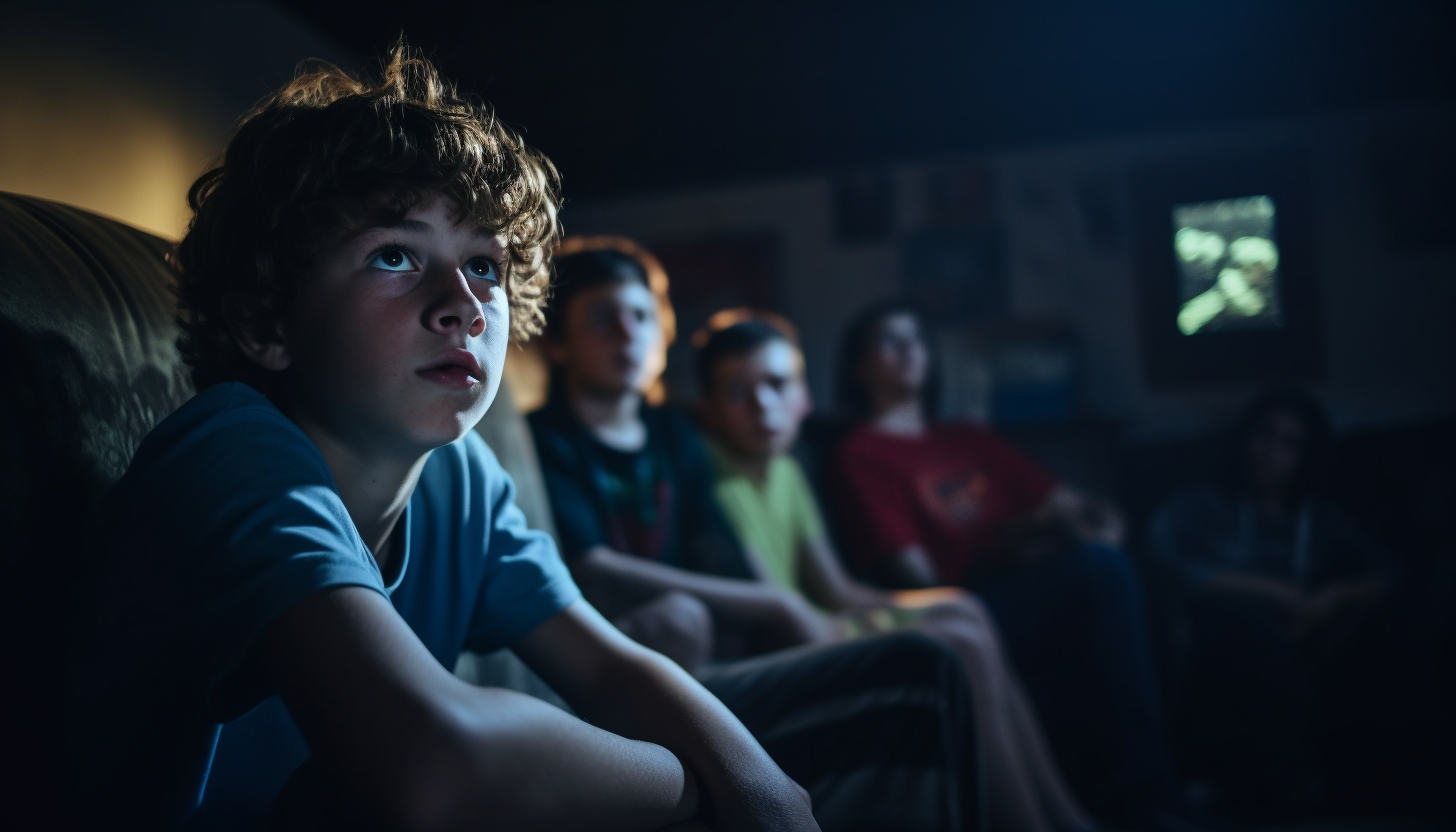In the ever-evolving world of entertainment, we're witnessing a trend in 2023 – kids are ageing up in terms of their content preferences more than ever before. At KidsKnowBest, this is a trend we find interesting for many reasons, and it's a trend that brands need to pay close attention to. Before we delve into the significance of this trend, let's look at some numbers. The top shows for 12 - 15 year olds are quite revealing:


Sian Rider
5 minutes read
What's intriguing about the top 5 in this list is that they feature complex storylines, humour, and themes that might be considered more suitable for older viewers. What’s even more interesting is the fact that the responses contributing to this data come directly from parents, serving as spokespersons for their children's viewing habits. However, in our qualitative interviews with both kids and parents, a fascinating and perhaps concerning pattern emerges: children are often consuming content well beyond their recommended age ratings, and this discovery is frequently unbeknownst to their parents.
During our qualitative interviews with our YTS community, scenarios unfold where a child casually responds to questions about their favourite shows or movies, only for their parent to visibly react, exclaiming in surprise that they didn't know their child had been watching said content. So while parents are acknowledging their children’s content preferences are aged up, they are not truly aware of the extent to which.
This is where the journey of KidsKnowBest and the narrative of "Five Nights at Freddy's" intersect. Our journey began when one of our co-founders took his daughters to the cinema and witnessed their unwavering enthusiasm for a movie that critics had dismissed. It was a moment of realisation. Kids, often left unheard, have unique perspectives and preferences that aren't always reflected in traditional critical reviews.
"Five Nights at Freddy's" is another fascinating case study that highlights the unique nature of content preferences among young audiences. The film, despite being met with critical scepticism, has struck a chord with its passionate fanbase. The numbers are staggering - an impressive 87% audience score on Rotten Tomatoes and a global box office opening weekend of $132 million. It's a horror film that, despite the critical flak it's received, has achieved remarkable success because it stayed true to its core fanbase. In the words of a 14-year-old boy we interviewed in the UK:
I’m a big Five Nights at Freddy’s fan, and I know the film is coming out next week, so I’m planning to see that with one of my friends… I just think as long as they stick to the core base of the game because I’m not really a big fan of when films adapt something and just make it really stereotypical Hollywood.
This sentiment perfectly encapsulates the film's success - its ability to resonate with its core audience, remaining faithful to the essence of the beloved game. This phenomenon extends beyond the realm of games being reimagined into movies; it's part of a broader trend across various entertainment mediums.
Creators are exploring new narrative dimensions, venturing into diverse avenues to engage audiences at different touchpoints. The key underlying principle, echoing the success of this film, is the commitment to authenticity and staying true to what fans loved most when they first became enthusiasts. In this dynamic landscape, the challenge lies not only in expanding the universe of a beloved franchise but also in ensuring that each iteration maintains the genuine spirit that captured the hearts of fans in the first place by listening to the audience.
Five Nights at Freddy’s PG-13 rating sparked controversy, leading to questions about its appropriateness for kids. But instead of judging kids for watching content deemed too old for them, we should be asking why this trend is occurring. The film's undeniable success underlines a vital truth: kids are drawn to content that challenges and engages them, even if it seems a bit mature.
It suggests that there is a gap in terms of content created specifically for a tween & teen demographic. For brands and IP owners, this presents an opportunity. The key to success lies in fostering a dialogue with the next generation of fans, understanding their aspirations, dreams, and desires, and channelling this insight into groundbreaking IP.
For content creators and producers, 'wholesomeness' is often prioritised when engaging youth, but this focus can sometimes result in content that doesn't resonate with today's young audiences. Whilst safeguarding children should still be of utmost importance, content producers need to strike more of a balance and listen to the passionate calls of youth.
The trend of kids ageing up in content preferences signals an opportunity for brands to create enduring IP that resonates across generations. This evolution should be celebrated as a beacon of untapped potential, emphasising the hunger for narratives that challenge and mature alongside their audience. It's a call for brands to adapt, innovate, and embrace the immense opportunity to cater to an audience that craves content for both today and the years to come.